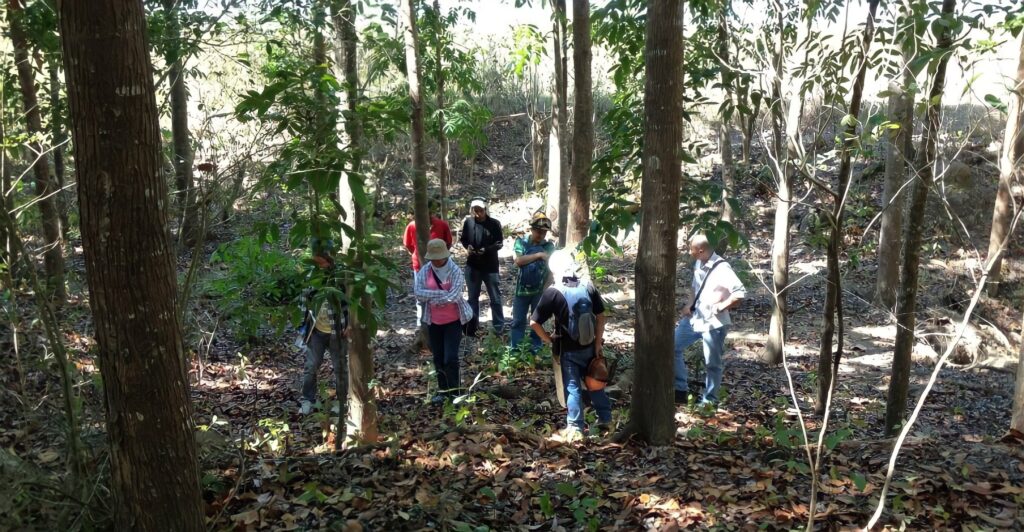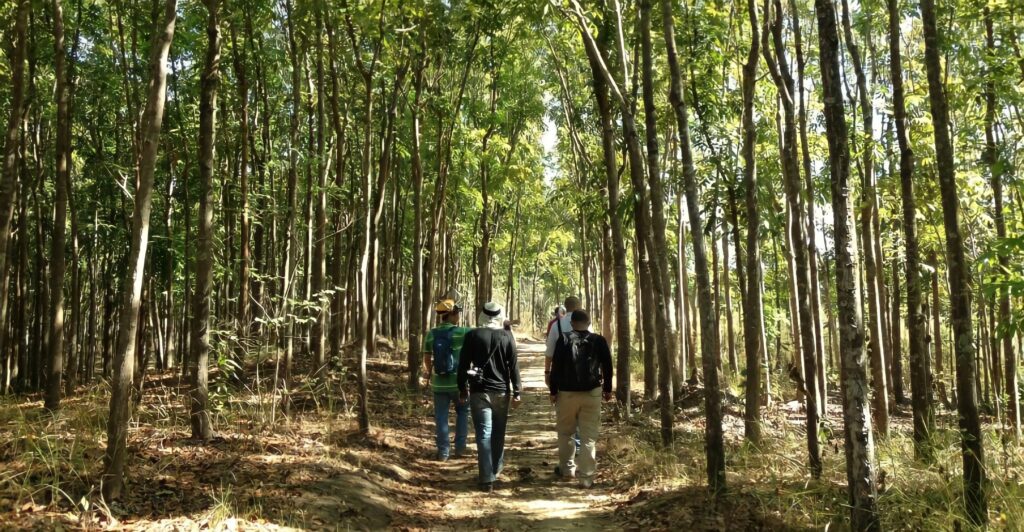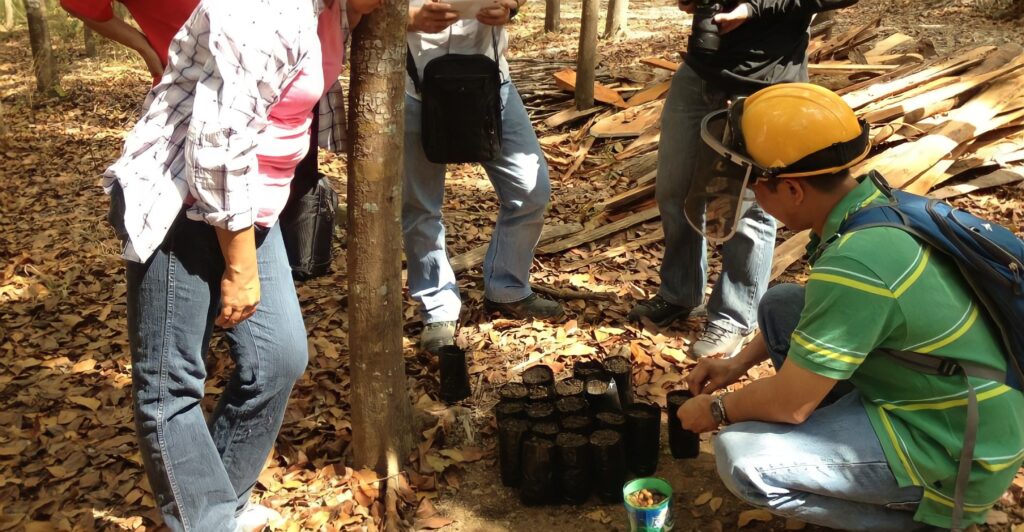
Researchers have discovered that tree rings can serve as historical records of mercury pollution from artisanal gold mining in the Peruvian Amazon. A study led by Dr. Jacqueline Gerson from Cornell University focused on the Ficus insipida tree species, which forms distinct annual rings even in tropical climates.
By analyzing these rings, scientists can trace mercury concentrations over time, revealing a correlation between increased mercury levels and the expansion of gold mining activities, particularly after the year 2000. This method offers a cost-effective and widespread means of monitoring environmental pollution, especially in remote areas where traditional monitoring is challenging.
The findings underscore the potential of dendrochemistry, the study of chemical elements in tree rings, as a tool for environmental assessment and informing policies to reduce mercury emissions.
The Role of Mercury in Artisanal Gold Mining

Artisanal and small-scale gold mining (ASGM) is a significant source of mercury pollution globally. Miners often use mercury to extract gold from ore by forming an amalgam, which is then heated to vaporize the mercury, leaving behind pure gold. This process releases mercury vapor into the atmosphere, contributing to environmental contamination.
ASGM accounts for about 20% of the world’s gold production and is the largest source of anthropogenic mercury emissions. The widespread use of mercury in these mining practices poses serious health risks to miners and surrounding communities and long-term ecological impacts.
Health and Environmental Impacts of Mercury

Mercury exposure can lead to severe health issues, including neurological, cardiovascular, and developmental problems. In the environment, mercury can transform into methylmercury, a toxic compound that accumulates in aquatic food chains, affecting fish and the humans who consume them.
The Minamata Convention on Mercury, an international treaty, aims to reduce mercury emissions and protect human health and the environment. Monitoring mercury levels through tree rings can aid in assessing the effectiveness of such international agreements and identify areas requiring intervention.
Methodology of Tree Ring Analysis

Researchers collected core samples from Ficus insipida trees at various distances from gold mining sites in the Peruvian Amazon. By analyzing the mercury content in each annual ring, they established a timeline of mercury exposure.
Trees closer to mining activities exhibited higher mercury concentrations, particularly in rings formed after 2000, coinciding with increased mining operations. This approach provides a chronological record of environmental pollution, offering insights into mercury emissions’ spatial and temporal distribution.
Advantages of Using Trees for Monitoring

Utilizing tree rings to monitor mercury pollution presents several benefits. It is a non-invasive, cost-effective method that can cover large and remote areas where traditional monitoring is impractical.
Trees are stationary and long-lived, making them reliable recorders of environmental changes. This method complements existing monitoring techniques and can enhance our understanding of pollution patterns, aiding in developing targeted mitigation strategies.
Challenges and Limitations

While promising, tree ring analysis for monitoring mercury pollution has limitations. Variations in tree species, age, and environmental conditions can affect mercury uptake, necessitating careful selection and calibration.
Additionally, illegal mining activities are often undocumented, making correlating tree ring data with specific pollution sources challenging. Despite these challenges, tree ring analysis remains a valuable tool for environmental monitoring, especially when integrated with other data sources.
Implications for Environmental Policy

The ability to trace mercury pollution through tree rings has significant implications for environmental policy and enforcement. It provides tangible evidence of pollution over time, which can inform regulatory actions and support enforcing environmental laws.
This method can also help identify unregulated mining activities, enabling authorities to target interventions and protect vulnerable ecosystems and communities effectively.
Global Relevance of the Findings

While the study focused on the Peruvian Amazon, the methodology has global applicability. Artisanal gold mining is prevalent in over 70 countries, many of which face challenges similar to mercury pollution.
Implementing tree ring analysis in these regions can enhance monitoring efforts, contribute to global mercury reduction initiatives, and support the objectives of international treaties like the Minamata Convention.
Future Research Directions

Future research aims to refine tree ring analysis techniques, explore additional tree species suitable for monitoring, and integrate findings with other environmental data. Advancements in this field can improve the accuracy and reliability of pollution assessments, facilitating more effective environmental management and policy development.
Collaborative efforts among scientists, policymakers, and local communities are essential to expand the use of this innovative monitoring approach.
Trees as Guardians of Environmental History

The discovery that tree rings can record mercury pollution offers a robust environmental monitoring and protection tool. Trees like Ficus insipida provide critical data to inform policy, enforce regulations, and safeguard ecosystems and human health by serving as natural archives of pollution history.
This research underscores the importance of interdisciplinary approaches in addressing complex environmental challenges and highlights the potential of nature-based solutions in promoting sustainability.
Explore more of our trending stories and hit Follow to keep them coming to your feed!

Don’t miss out on more stories like this! Hit the Follow button at the top of this article to stay updated with the latest news. Share your thoughts in the comments—we’d love to hear from you!







